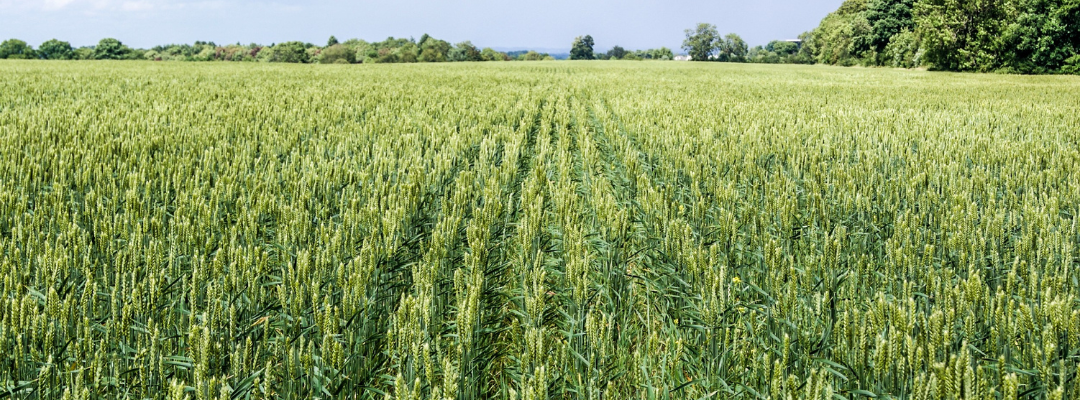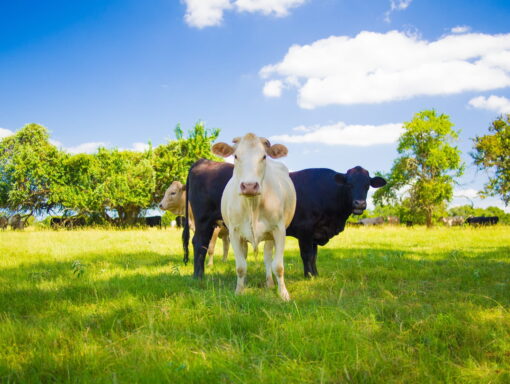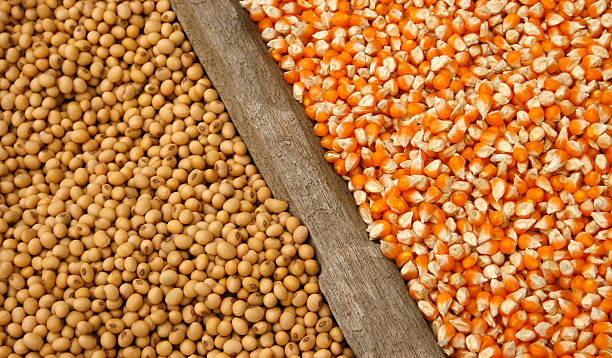In a January 17th Dear Colleague letter, Senator Debbie Stabenow (D-MI), Chairwoman of the Senate Committee on Agriculture, Nutrition, and Forestry, outlined her proposal for strengthening the farm safety net in the 2024 Farm Bill (found here). The proposal centered around five key principles:
- programs must be targeted to active farmers;
- we need to provide farmers choices and flexibility;
- assistance should be timely;
- we need to expand the reach of programs to help more farmers; and
- we need to address the emerging risks farmers face.
Since the letter was released, considerable attention has been paid to the comments she offered about crop insurance and providing producers expanded safety net choices. Part of the proposal reads as follows:
“The 2018 Farm Bill provided cotton farmers with a choice between the traditional base acre programs and a highly-subsidized and streamlined area-based crop insurance policy. The next Farm Bill should give a similar option to all commodities.”
There is a considerable amount of detail about the evolution of the cotton program – from removing lint as a covered commodity to adding seed cotton as a covered commodity – that is not contained in the letter. In this article, I walk through the history to provide more context.
First, to resolve the decade-long WTO Brazil cotton dispute (which involved, among other things, the U.S. Government having to pay the Brazilians $147 million per year in cash to fend off retaliation), cotton industry leadership suggested removing cotton as a covered commodity for Title I commodity programs (PLC and ARC) and modifying the marketing assistance loan. Second, in lieu of ARC/PLC, the 2014 Farm Bill provided cotton producers an industry-proposed area-wide insurance program, the Stacked Income Protection Plan (STAX). The premium subsidy for STAX was 80%, higher than the 65% subsidy authorized for the Supplemental Coverage Option (SCO) that is available for all crops. Third, upland cotton producers were provided Cotton Transition Assistance Payments (CTAP) for 2014 to aid in the transition to STAX.
STAX protection was deemed insufficient to protect cotton producers from collapsing prices, so cotton ginning cost share (CGCS) payments were provided for the 2015 and 2016 crop years. Ultimately, the Bipartisan Budget Act of 2018 restored ARC and PLC protection to cotton producers by adding seed cotton as a covered commodity. While STAX was still available to seed cotton producers, they could not enroll their seed cotton base in ARC/PLC and still purchase STAX on the farm in the same year – they were required to decide between the two options.
Requiring producers to make the choice between ARC/PLC and STAX was a political compromise required at the time to get cotton added back to the farm bill. While there is certainly merit to expanding STAX to other crops – or simply improving SCO and the Enhanced Coverage Option (ECO) that are already available to all crops – I would argue that now is the time to eliminate the requirement altogether (rather than expanding it to other crops). While there has long been a prohibition between the purchase of SCO and ARC – because both offer area-wide coverage and they are very similar in design – there is little justification for requiring producers to choose between PLC and area-wide coverage, both of which serve vastly different safety net functions.
To illustrate the challenges presented by such a choice, consider the following for cotton. Figure 1 indicates the share of annual upland cotton insurance liability covered by STAX and the share of policies sold. Producers initially utilized STAX; however, after a few years of unsatisfactory results, the share of liability covered and policies sold declined. In 2019, when producers actually began a crop year with a choice of ARC/PLC or STAX, the percent of liability covered by STAX, as well as the share of upland cotton policies sold, was relatively low as marketing year average prices (MYAP) were low (Figure 2). After that, due to Reference Prices not keeping up with input costs (and due to a relatively higher initial insurance price), seed cotton producers moved back to STAX in 2021, 2022 and 2023, with STAX still accounting for just 20% of the policies sold.
As for the 2024 growing season – with futures prices currently below the cost of production for most growers – growers must now choose between (1) an ineffective ARC/PLC with Reference Prices that have not kept up with inflation or (2) STAX, which can certainly help, but at most will partially offset significant losses they are almost guaranteed to face (absent well-above-expected prices or yields). In other words, growers are faced with two poor options.
After nearly 40 years of working on farm policy, it seems clear to me that there is a need for both (1) improving Reference Prices in Title 1 and (2) improving area-wide coverage in crop insurance, particularly since the two were designed to work in tandem. It certainly isn’t clear that expanding the choice that was forced on cotton producers to everyone else without higher reference prices is much of a choice.
Figure 1. STAX Share of Cotton Crop Insurance Liability and Policies Sold.

Figure 2. Historic Cotton Prices.

Outlaw, Joe L. “Proposed Safety Net Choice Could Add Risk to Farmers.” Southern Ag Today 4(5.4). February 1, 2024. Permalink










